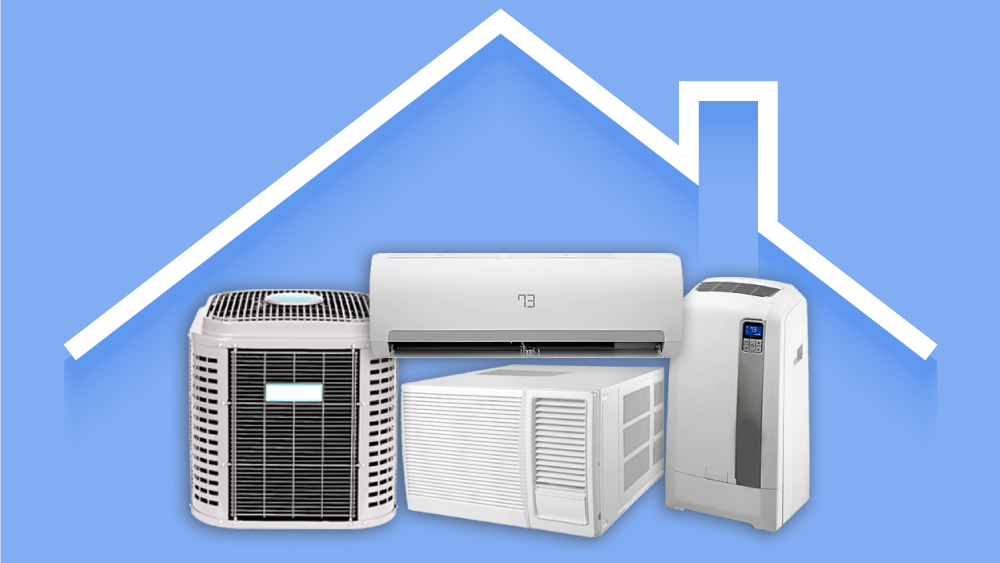Condensing
units are an essential part of any residential and
commercial heating and air conditioning system. Without a condensing unit, your
customers’ HVAC systems would be unable to adequately operate, making them
essential for a wide range of industrial and household cooling applications. However,
your customers are likely not familiar with the differences between packaged
systems and standalone condensing units.
And you should be the one to explain to your clients not just why
they should choose one or the other, but also how each of these separate
systems operates and what the benefits of each one are. Based on the
specifications and the advice you provide, your clients will be able to reach
an informed decision on the type of unit best suitable for their particular
requirements. That is why you should learn more about these different units and
the features and benefits they offer.
What Are The Different Types Of Condensing
Units?
A condensing unit is a temperature-control device that is
primarily used in chillers, heat pumps, air conditioners, and refrigeration
systems. They are in charge of moving the energy by compressing refrigerant by
using a system of coils and the cool air around them. There are several parts
vital for adequate operation of condensing units – coils, pumps, fans, and electronic
controls.
Condensing units come in several different types. The three most
common varieties of modern condensing units are:
- Air-cooled
condensing units: These condensing units
consist of a condenser cooled by air, a refrigeration compressor, and
other ancillary components. They are suitable for a wide range of
industrial and commercial cooling applications, including:
- Process
cooling
- Food
retail
- Food
service
- Cold
storage warehouses
- Commercial
refrigeration
Their most common
varieties include units with vertical, horizontal, and dual vertical air
discharge capabilities. These differences make them suitable for different
commercial or industrial applications and varying spaces and installation
requirements.
Some of the biggest
advantages of air-cooled condensing
units include:
o Simple operations
o Small size
o Low maintenance requirements
o Easy cleaning
o Low installation costs
o Flexible applications
- Water-cooled
condensing units: These units essentially
represent a heat exchanger system used for removing heat from various air
conditioning and refrigeration processes by allowing water to run through
it. The water basically condenses the vapor and releases heat into the
water that continues to cool the process.
The common applications
of water-cooled condensing units are:
o Food retail and service
o Commercial refrigeration
o Process cooling
Water-cooled condensing
units are widely used due to their numerous advantages, including:
o Suitability for spaces with space restrictions
o Good recovery of thermal energy for use in other processes
o Durability and longevity
o Quiet operations
o Enhances energy efficiency
o Possibility for indoor housing
o High rate of heat transfer
What Are Packaged Systems?
Packaged systems combine a condensing unit and a cooler within a
single package, which allows for reduced refrigerant charge and faster
installation procedures. This, in turn, saves energy, money, and time for you
and your customers. Common applications of packaged units are similar to those
of separate units.
Biggest advantages of packaged units include:
- Less
space for installation
- Streamlined
and easy maintenance
- Lower
utility bills
- Enhanced
versatility
- High
cooling capacity for the size and energy consumption
What Are The Most Important Features To Look
For?
It doesn’t matter if you’re recommending a packaged or a separate
condensing unit to your customers – there are some features both of these types
of units should have. The most important characteristics are:
- Availability
of finned stainless steel coils and finned copper tubes for better
protection against corrosion.
- Blades
made from aluminum.
- Connection
manifolds for single refrigerant.
- Mounted
expansion valves that enhance installation speed.

